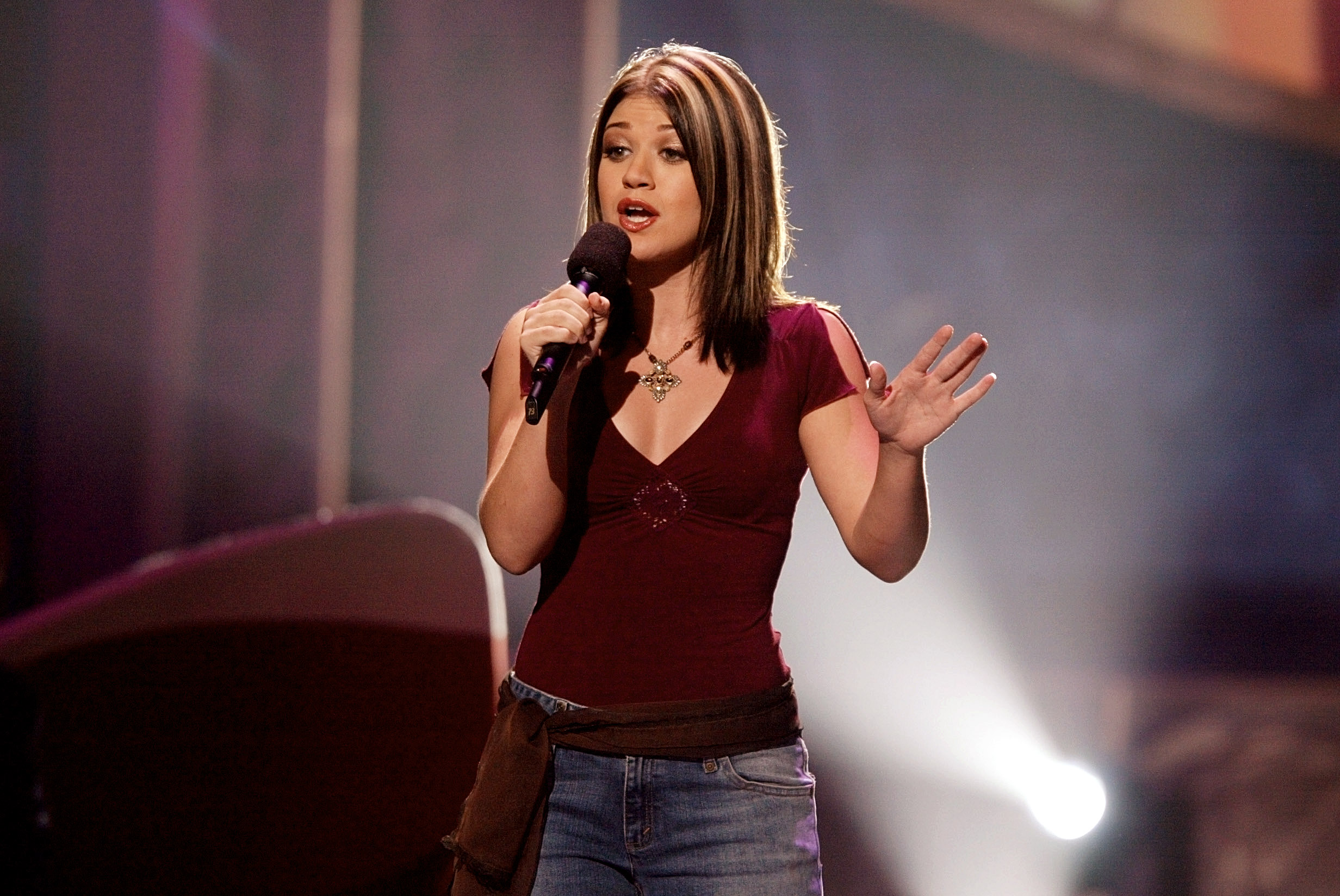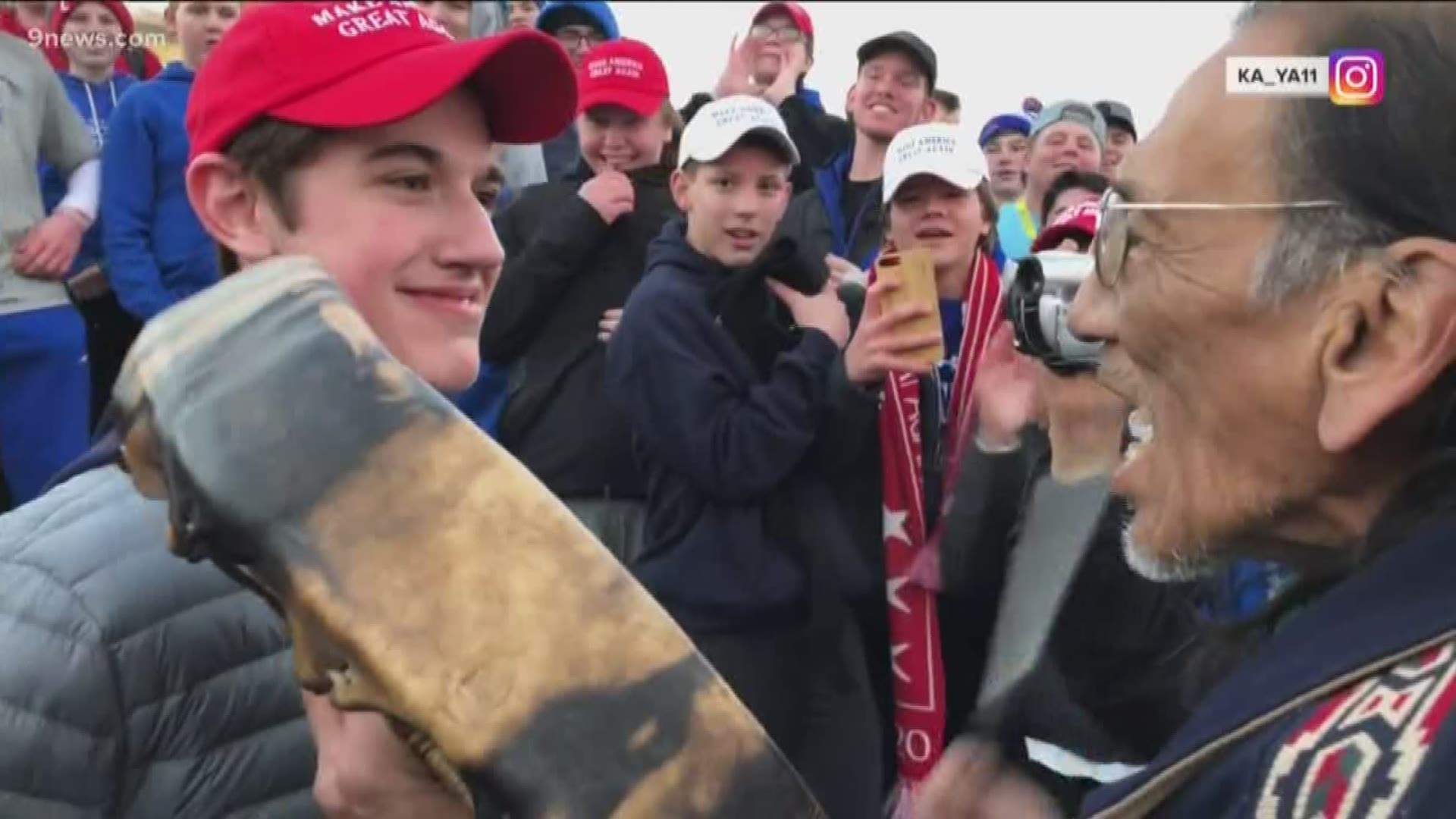
On Thursday, I plan to interview the new American Idol right after host Ryan Seacrest announces the winner.
This coronation has special significance since the 15th Idol will be the last. Changing times and falling ratings have made a one-time perennial expendable.
I’ll be doing it for another reason, too. Since Kelly Clarkson became the inaugural Idol in 2002, I have spoken to each winner moments after victory. I wouldn’t miss the last stop of a long, memorable trip.
![Judges, host reflect on 'American Idol' as final season begins [video : 78177852]](http://videos.usatoday.net/Brightcove2/29906170001/2016/01/29906170001_4682383038001_Idolthumb1.jpg?pubId=29906170001)
My introduction to American Idol (Fox, Tuesday-Thursday, 8 p.m. ET/PT) underlines how a summer TV fill-in took the U.S. by surprise. A North Carolina friend called after the first audition show, marveling at a caustic English judge. Since I live in Los Angeles, I caught the West Coast feed.
Simon Cowell was captivating. Combined with fellow judges Paula Abdul and Randy Jackson, Seacrest (joined in Season 1 by Brian Dunkleman) and a cast of exceptionally good and excruciatingly bad hopefuls, Simon Fuller’s reinvention of the talent show grabbed America’s attention.
![XXX IMG_AMERICAN_IDOL_JACKSO_3_1_CID2M9FN.JPG [image : 82611506]](http://www.gannett-cdn.com/media/2016/04/04/USATODAY/USATODAY/635953699556738312-idol-judges.jpg)
Idol became a big part of my TV beat. I wrote about Tamyra Gray’s too-early ouster, one of many controversies that usually increased interest, and capped Season 1 by interviewing Clarkson backstage at Hollywood’s Kodak Theatre.
I attended the first Idols Live! concert in San Diego. It needed polish, but frenzied young fans didn’t care. I observed Season 2’s Hollywood Week in a Pasadena theater, talked to Season 3 auditioners at the Rose Bowl and watched live shows at CBS Television City.
Finales became tougher to navigate as Idol became bigger. There were White House levels of security and growing demands on the winner’s time.
My most memorable chat was with Season 4’s Carrie Underwood. We took a limousine from a theater side door to a plaza, allowing for a splashy entrance in front of TV crews. The interview lasted a minute; the ride, a couple hundred feet.
![XXX XXX_IDOL_3.JPG [image : 82611782]](http://www.gannett-cdn.com/media/2016/04/04/USATODAY/USATODAY/635953702705774498--Carrie-Underwood.jpg)
My favorite story came during Season 6 when I spent a week following the Top 4's LaKisha Jones, Melinda Doolittle, Blake Lewis and eventual champ Jordin Sparks as they rehearsed songs, worked with mentor Barry Gibb, went for costume fittings and shot their in-show Ford video on the Paramount lot. I remember having a cold and isolating myself the first day to avoid making contestants sick.
That was the season of existential crisis: Would much-maligned Sanjaya Malakar win and destroy Idol? It seems silly now, but it was debated seriously, reflecting Idol’s cultural influence. (I sometimes bristled at covering every little Idol thing, questioning its worth as news, but I also came to see TV’s top-rated show as a reporter’s full-employment act.)
![XXX 550.JPG A ENT USA FL [image : 82612088]](http://www.gannett-cdn.com/media/2016/04/04/USATODAY/USATODAY/635953706616563567--Sanjaya-Malakar-.jpg)
Malakar’s rise was abetted by VoteForTheWorst.com, which encouraged viewers to vote for the singer who least deserved to win. I talked to the creator of another Idol-inspired website called WhatNotToSing.com for a story explaining the elimination percentages for finalists singing first on the show. We left no stone unturned.
Ratings began eroding after peaking above 30 million viewers in Seasons 5 and 6. The reasons were many: An increase in similar programs; changing tastes; fragmentation of TV and music audiences; departure of original judges; and the rise of digital and social media, which can launch stars. Perhaps for those reasons, my memories of recent seasons are less vivid.
Idol’s fade shouldn’t obscure its legacy as a cultural phenomenon that brought viewers together in astonishing numbers. It was inspirational, cheesy and quite American, especially for a show designed by Brits who sometimes seemed to interpret this country as a Norman Rockwell painting. Most important, it was fun.
So, I’ll be back at the same theater — now the Dolby — where I interviewed Clarkson to talk to the 15th and final Idol. It’s a matter of professional pride.
Keveney writes about the television business for USA TODAY from Los Angeles. Follow him on Twitter @billkev
![American Idol's final season [videoplaylist : 82611876]](http://videos.usatoday.net/Brightcove2/29906170001/2016/03/29906170001_4814818014001_video-still-for-video-4814679388001.jpg?pubId=29906170001)


![Past winners of Fox's 'American Idol' [gallery : 27114319]](http://www.gannett-cdn.com/-mm-/ca12f5921f95084c8062f8c3d656bce51b46231c/c=178-62-1298-1020/local/-/media/2015/05/11/USATODAY/USATODAY/635669384546456668-01-Idol-Kelly-Clarkson.JPG)
